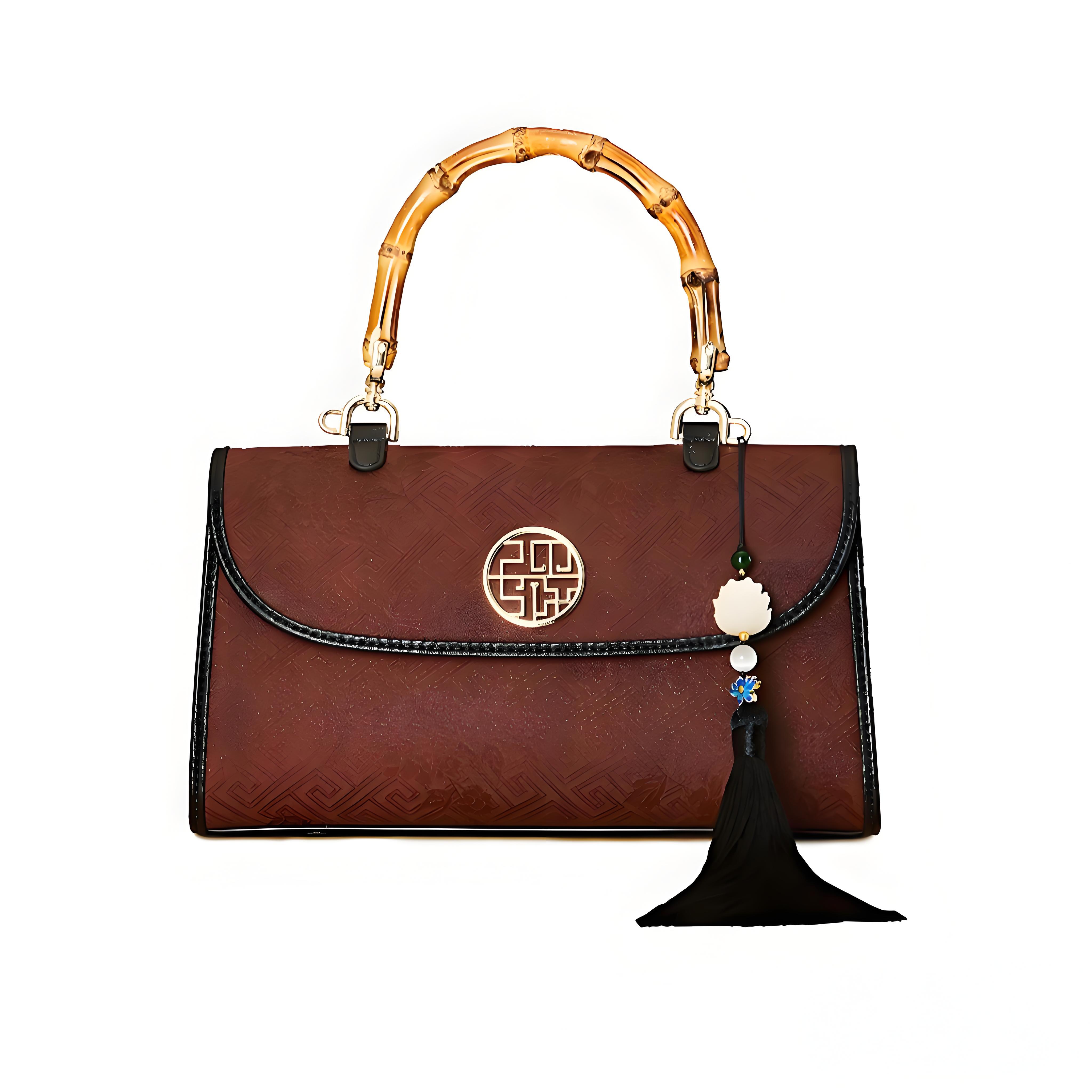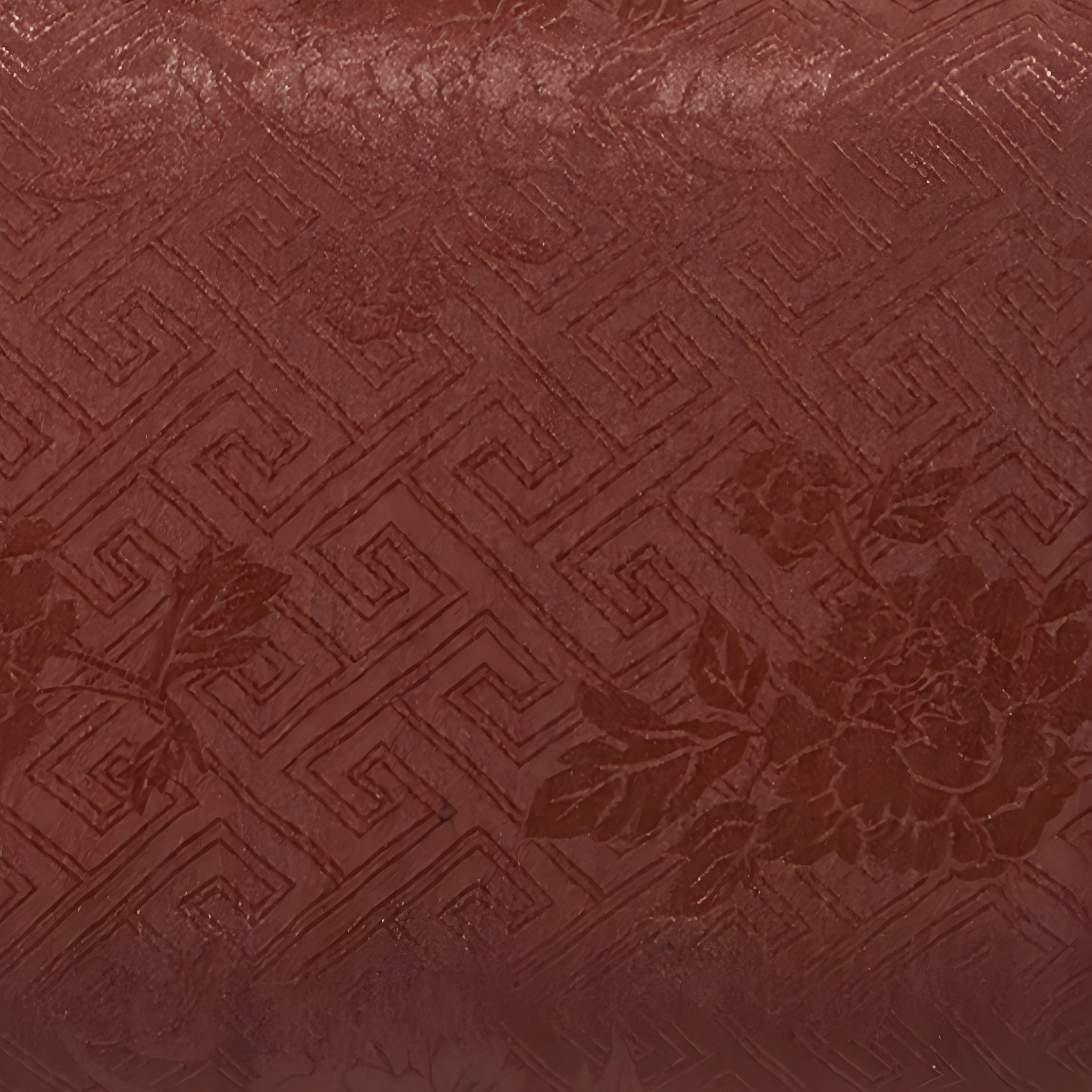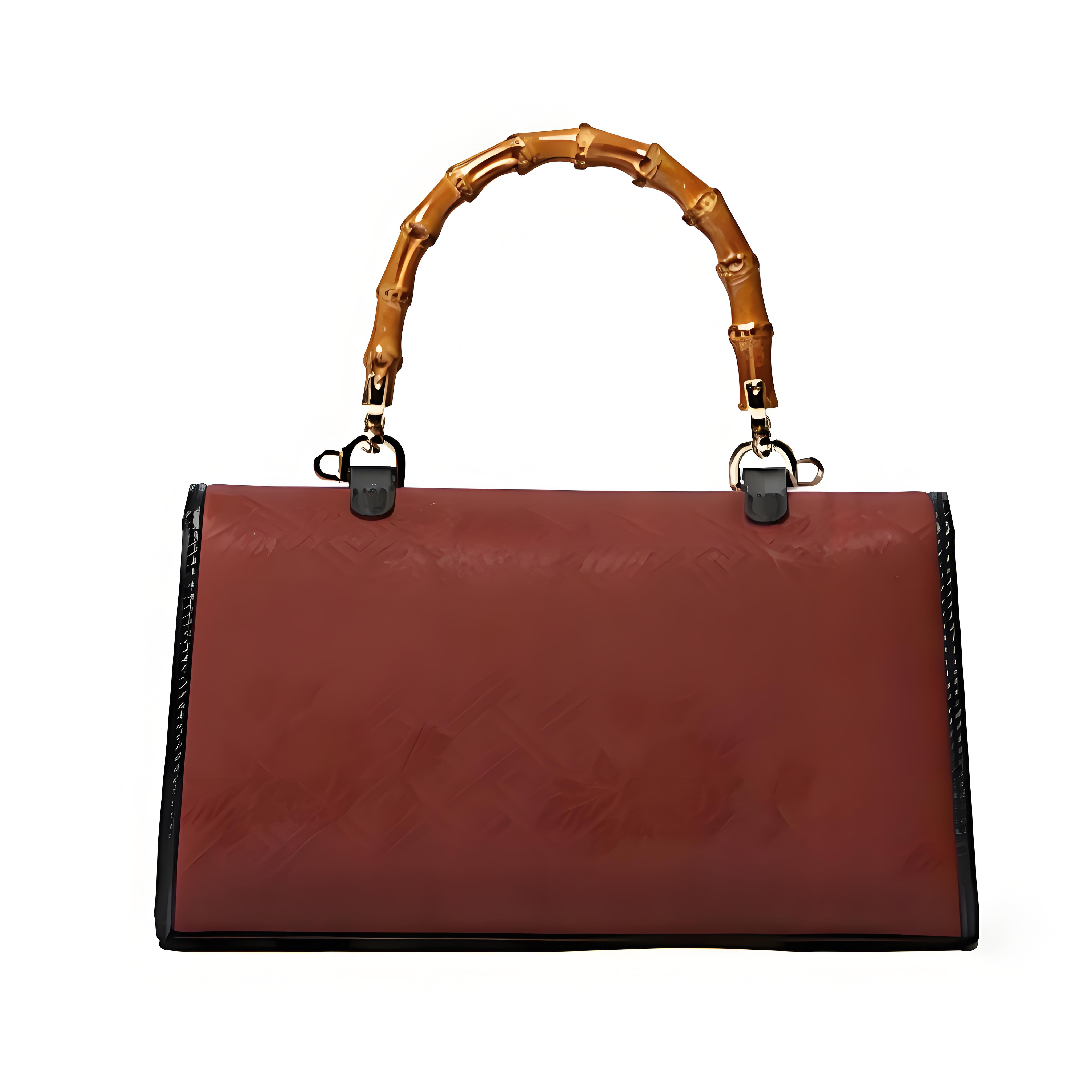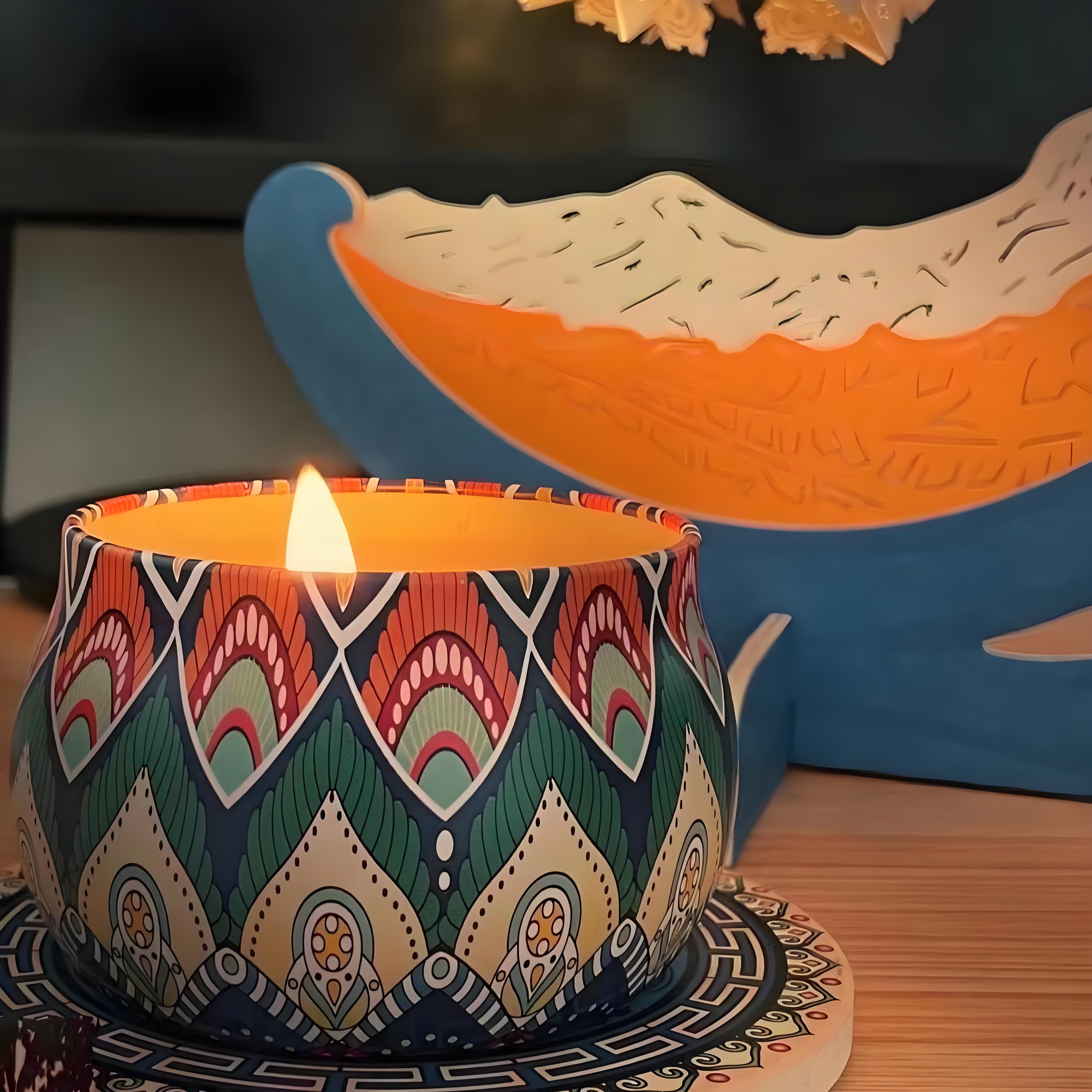Carried Blessings from the Southern Weave
United Nations Registration No.00177
Heritage Since
Herbal-dye technique passed down for 7+ centuries
Collector Grade
Pattern features the Wanshou Vine—used in fewer than 2% of surviving jacquard-woven Xiangyun silk bags
Manual Hours
Each piece demands 60+ hours across loomwork, detailing, and finishing
📜 Story Behind the Craft
The “Longevity Peony” pattern—also known as Wanshou Vine—has long symbolized continuous life, prosperity, and good fortune. Originally a sacred motif, it evolved into a cherished emblem of harmony and longevity. Combined with the rare Xiangyun silk and bamboo handle design, this handbag becomes a poetic expression of timelessness and renewal.
📐 Product Specifications
- Dimensions: 10 × 3 × 5.9 inches (L × W × H)
- Material: Jacquard-woven Xiangyun silk with traditional herbal-dyed finish
- Handle: Bamboo loop design
- Interior: Main compartment, zipper pocket, and two additional sections for organized storage
- Closure: Magnetic flap
- Accessories: Decorative tassel with cloisonné bead and jade-style ornament
- Packaging: Presented in a premium gift box
🤝 Made with Care
Crafted using the historic “Three Washes, Nine Boils, Eighteen Sun-Dryings” technique, this handbag is made entirely without chemical additives. The silk is naturally dyed using hand-pressed Chinese shuliang root and cured in Pearl River Delta river mud, producing the signature lustrous black finish of Xiangyun silk—also known as “soft gold.”
🧵 Craftsmanship & Ingredients
- Base Fabric: 100% mulberry silk
- Dyeing: Botanical and mineral dye—shuliang root juice + river mud
- Weaving: Peony jacquard with tightly woven symbolic patterns
- Handle: Natural bamboo, hand-polished and fitted with gold-tone fasteners
- Finishing Touch: Hand-tied tassel with symbolic charms
🌏 Artisan & Origin Spotlight
This piece is the work of artisans from Shunde, Guangdong, a historic heartland of Xiangyun silk production. Each panel of fabric undergoes over 200 manual steps, with dyeing, weaving, and assembly all conducted by craftspeople trained in the national-level intangible cultural heritage tradition of Xiangyun silk making.
🏛️ Cultural Heritage Recognition
Rooted in Imperial Silk Dyeing Traditions
This handbag embodies the artisanal spirit of Xiangyun silk—one of the world’s rarest natural-dyed textiles, derived from mulberry silk and processed using a laborious technique perfected over centuries in southern China.
UNESCO ICH Recognition
🔖 UNESCO ICH No.00177: Chinese Sericulture and Silk Craftsmanship
🔗 Learn more at the UNESCO Intangible Cultural Heritage website →
Owning this bag is to carry a living thread of China's textile soul—a fusion of utility and symbolic richness, woven through time.
Our Promise to You
From quality to care, we’re here to make your experience smooth and meaningful.









